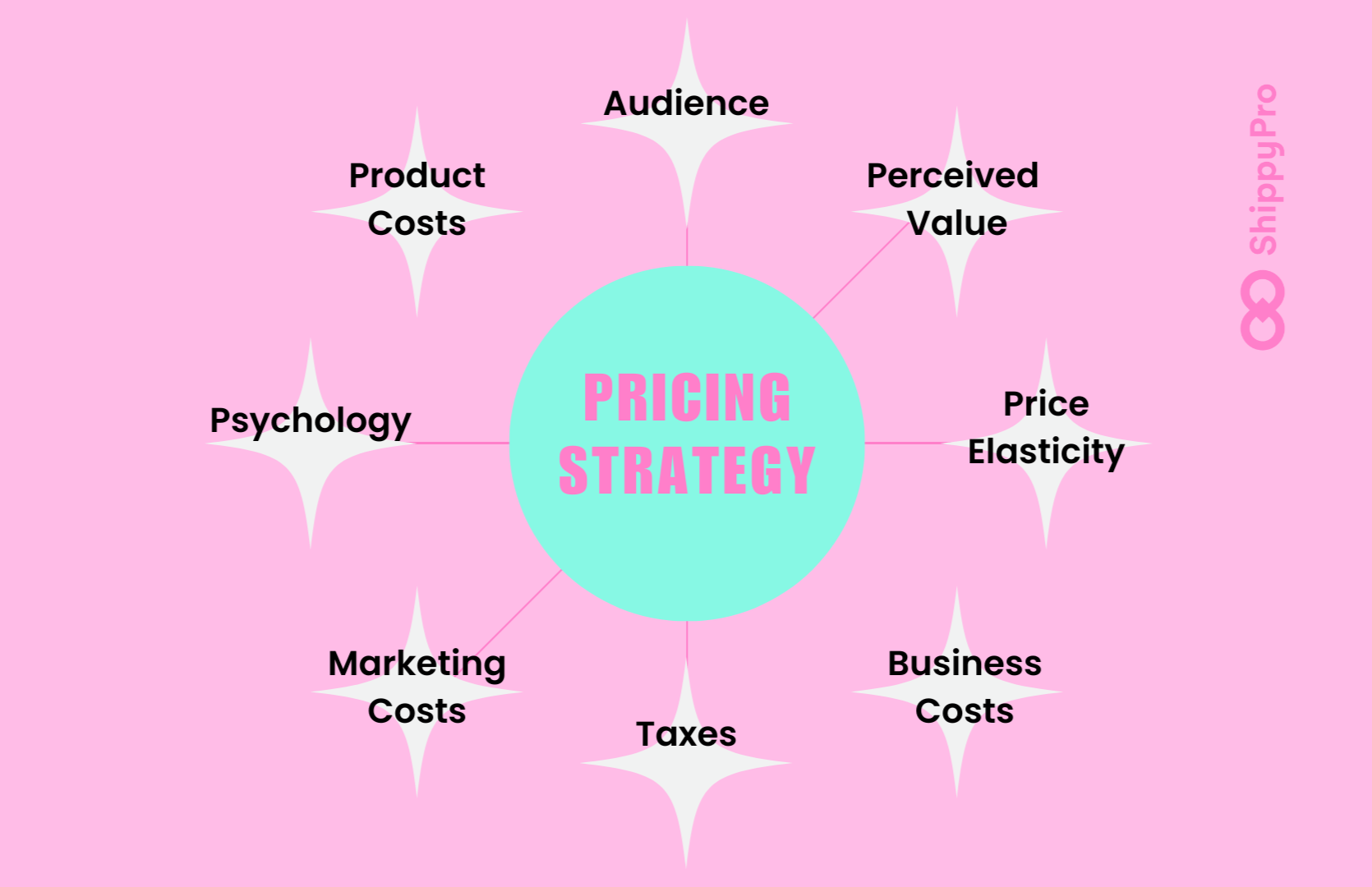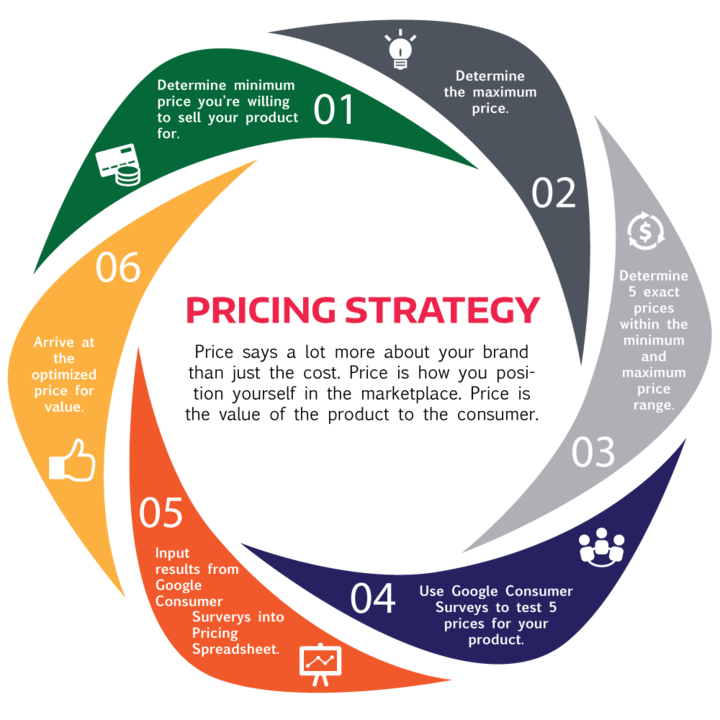Just how to Readjust Your Pricing Strategy for Different Market Segments
Just how to Readjust Your Pricing Strategy for Different Market Segments
Blog Article

Master Effective Prices Approaches to Make Best Use Of Profit
In the ever-evolving landscape of commerce, mastering reliable rates methods is important for businesses aiming to optimize earnings. A nuanced understanding of prices psychology can considerably influence customer actions and getting decisions.
Comprehending Prices Psychology
Comprehending pricing psychology is essential for businesses aiming to maximize their pricing approaches. This area takes a look at just how consumers view prices and just how these understandings influence their investing in choices. Secret concepts in pricing psychology consist of the anchoring effect, where the first price offered acts as a reference factor for consumers, and the principle of cost level of sensitivity, which differs amongst different customer sectors.
Furthermore, businesses can leverage the notion of viewed worth, where the regarded advantages of a service or product can validate a greater rate factor. Costs rates can create an aura of exclusivity, bring in customers that link higher prices with exceptional high quality. On the various other hand, emotional rates, such as setting a rate at $9.99 rather than $10, can considerably affect consumer actions by making costs appear a lot more attractive.
In addition, scarcity and seriousness can improve the viewed value of products, triggering quicker buying choices. Recognizing these emotional triggers enables companies to create prices methods that not only drive sales but also foster customer commitment. Thus, mastering pricing psychology is crucial for reliable prices method formulation, resulting in enhanced productivity and market positioning.
Applying Value-Based Rates

First, conduct comprehensive marketing research to determine the worth chauffeurs for your target market. This can include attributes, quality, brand name online reputation, and customer care. Next, segment your consumers based upon their desire to pay and the worth they perceive. By doing so, you can customize offerings and prices methods to line up with various sections.
After collecting insights, collection costs that reflect the maximum amount a client is eager to pay, ensuring that they regard a reasonable exchange for the value obtained. Communicate the worth recommendation effectively, highlighting the advantages and differentiators of your offering. Continuously keep track of market problems and consumer feedback to improve your pricing method over time. By implementing value-based rates, services can boost success while cultivating lasting customer commitment.
Checking Out Dynamic Prices Versions
In today's quickly transforming market landscape, dynamic prices versions have arised as a powerful technique for services looking for to optimize income and react to fluctuations popular. These designs allow companies to change their costs in real-time based upon numerous factors such as consumer actions, market patterns, and stock degrees. By leveraging data analytics and formulas, organizations can recognize optimum prices factors that optimize sales while continuing to be competitive.
Dynamic prices can take numerous kinds, including time-based prices, where costs rise and fall based upon time of day or period, and demand-based prices, which changes prices according to current consumer demand. This versatility not just boosts profitability but likewise improves customer complete satisfaction by supplying rates that reflect real-time market conditions.
Carrying out dynamic rates needs a durable technological facilities and a deep understanding of consumer segments. Transparent interaction about prices adjustments can help alleviate client dissatisfaction and foster trust, eventually leading to sustained success in an affordable industry.
Studying Rival Pricing
Monitoring competitor pricing is vital for organizations intending to maintain an affordable edge in their corresponding markets. By analyzing competitors' rates strategies, business can determine market fads, understand customer choices, and adjust their pricing accordingly. This evaluation entails gathering data on rivals' rates, marketing approaches, and item offerings to educate pricing decisions.
To efficiently assess rival rates, organizations ought to utilize different tools and strategies, such as rate tracking software application, market study records, and customer responses. This information can disclose exactly how competitors place their services and products, enabling organizations to differentiate their offerings or adopt similar approaches to remain pertinent.
In addition, it is crucial to categorize rivals into indirect and direct competitors. Straight rivals supply similar service or products, while indirect competitors may fulfill the very same client demand with various solutions. Recognizing the nuances between these teams will make it possible for companies to customize their pricing strategies better.
Eventually, continuous competitor pricing analysis is vital for making enlightened rates choices. It permits organizations to remain active in response to market shifts, ensuring they can take opportunities and mitigate threats connected with pricing techniques.
Assessing Rates Efficiency
Understanding just how competitor pricing affects market dynamics leads to a natural check that concentrate on examining pricing performance within one's very own organization. This assessment is essential for recognizing locations of strength and possibilities for improvement, inevitably boosting success.

Additionally, performing regular pricing audits can reveal discrepancies in between expected and actual efficiency. This involves contrasting prices information throughout various sections and channels to recognize variances and determine trends. Moreover, incorporating consumer feedback can provide insights into viewed worth versus actual rates, ensuring placement with market expectations.
Last but not least, leveraging data analytics tools can promote much deeper insights into rates performance, making it possible for services to make data-driven modifications (Pricing Strategy). By constantly evaluating prices performance, organizations can adapt to market changes and optimize their techniques, making sure continual success in a competitive landscape
Final Thought
Efficient pricing strategies are essential for making the most of revenue in an open market. By leveraging rates psychology, businesses can improve viewed value and tailor pricing to diverse client sectors. The fostering of value-based and dynamic prices versions facilitates real-time changes based on need and client desire to pay. Furthermore, constant evaluation of competitor rates and efficiency metrics Pricing Strategy makes sure critical dexterity. Ultimately, an extensive approach to rates not only drives success however likewise cultivates consumer complete satisfaction and loyalty.
Comprehending prices psychology is important for organizations aiming to maximize their pricing methods. Understanding these mental triggers enables organizations to formulate rates approaches that not just drive sales but likewise foster consumer commitment. Therefore, mastering prices psychology is important for effective rates approach formulation, leading to enhanced earnings and market positioning.
By analyzing competitors' pricing approaches, companies can determine market fads, comprehend consumer preferences, and readjust their pricing accordingly. By leveraging rates psychology, businesses can boost perceived worth and tailor go to my blog prices to diverse consumer segments.
Report this page